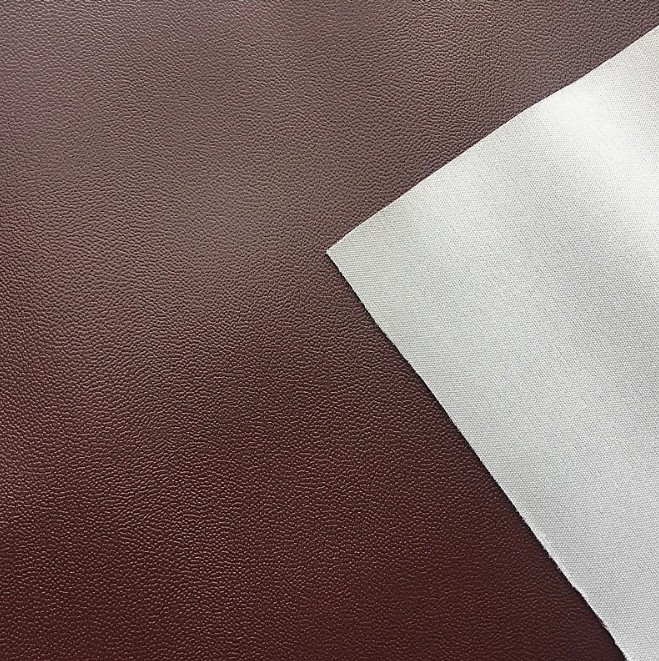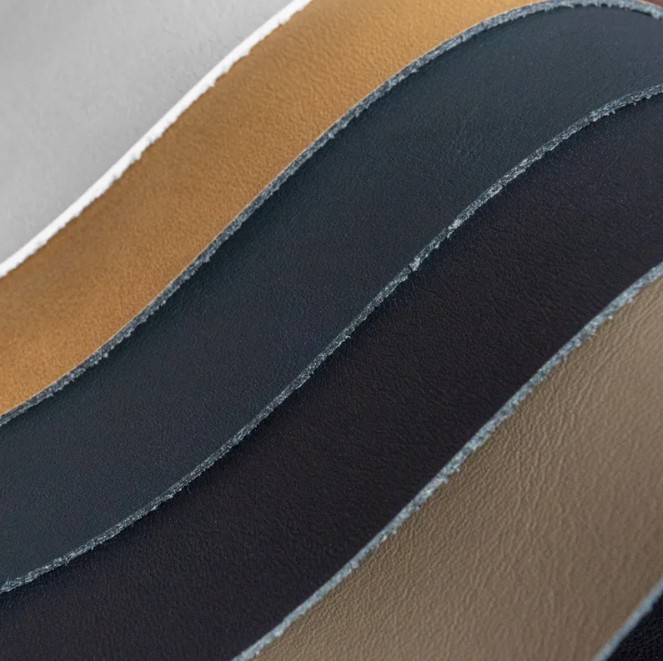The Future of Faux: Exploring the Versatility and Benefits of Synthetic Leather
Product description
An Overview of Synthetic Leather
Synthetic leather, also known as faux or vegan leather, has emerged as a sustainable and versatile alternative to traditional genuine leather. Crafted from a variety of polymer materials such as polyurethane (PU), polyvinyl chloride (PVC), and innovative plant-based options, synthetic leather embodies a combination of durability, aesthetic appeal, and environmental consciousness. Unlike natural leather which involves animal products and complex tanning processes, synthetic leather offers an animal-friendly, cost-effective, and customizable solution suitable for countless applications. Its sleek appearance, combined with an ability to mimic the texture and feel of real leather, has made it a popular choice among designers, manufacturers, and consumers worldwide.
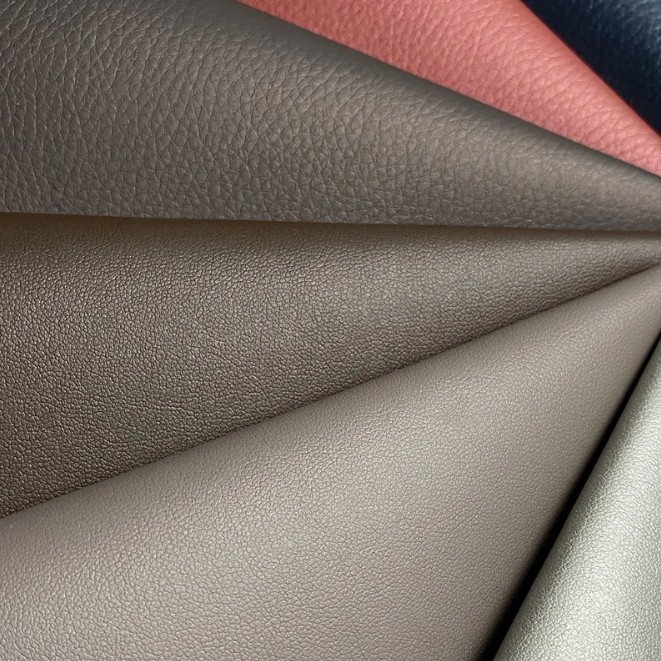
Core Features and Advantages of Synthetic Leather
One of the most attractive qualities of synthetic leather is its wide array of aesthetic options. It can be manufactured in various colors, textures, and finishes, allowing brands to tailor products to current fashion trends or specific design requirements. Its uniform surface ensures a pristine look that’s less prone to imperfections, a common issue with natural leather. In terms of resilience, synthetic leather resists scratches, stains, and water more effectively than its genuine counterpart, making it ideal for everyday use.
Durability is a significant advantage. High-quality synthetic leather can withstand extensive wear and tear while maintaining its appearance over time. It requires less maintenance, simply wiping with a damp cloth is often sufficient, saving users both time and money. Furthermore, synthetic leather is generally more affordable than genuine leather, offering consumers a luxurious look at a lower price point.
From an environmental standpoint, synthetic leather has the potential to reduce the demand for animal farming and the associated ecological footprint. With ongoing innovations in eco-friendly materials such as bio-based polymers and recycled plastics, the sustainability credentials of synthetic leather are continuously improving. Its suitability for mass production also permits consistent quality and supply, meeting the demands of various industries efficiently.
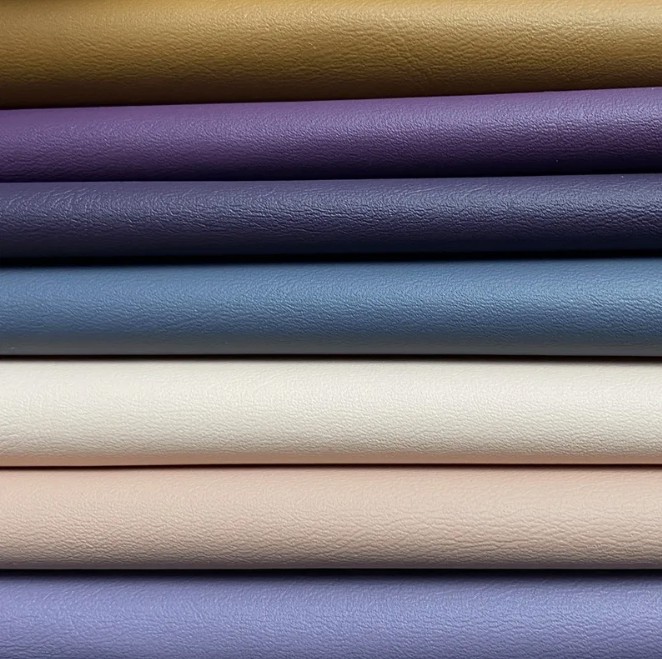
The Main Uses of Synthetic Leather
Synthetic leather plays a pivotal role across multiple sectors, including fashion, automotive, furniture, accessories, and even sports equipment. In fashion, it is used to produce handbags, shoes, jackets, and belts that resemble natural leather but at a more accessible cost. Its flexibility in design enables the creation of intricate patterns, embossing, and textures that enhance the aesthetic appeal of fashion items.
In the automotive industry, synthetic leather is applied extensively in car seats, steering wheel covers, and interior trims. Its resistance to spills and ease of cleaning make it a practical choice for vehicle interiors. Today’s consumers increasingly prefer vegan or cruelty-free options, driving automakers to adopt synthetic alternatives for eco-conscious branding.
Furniture manufacturers rely on synthetic leather for sofas, chairs, and wall coverings. Its durability and wide color palette allow for creative freedom and long-lasting furniture pieces that can withstand the rigors of daily use. Moreover, the lightweight nature of synthetic leather products fosters easier installation and transport compared to traditional leather.
In accessories and sports gear, synthetic leather's lightweight and impact-resistant qualities make it ideal for items such as online gaming accessories, gym bags, and sporting gloves. Its adaptability enables customizations tailored to specific performance or aesthetic needs, making it an indispensable material in modern manufacturing.
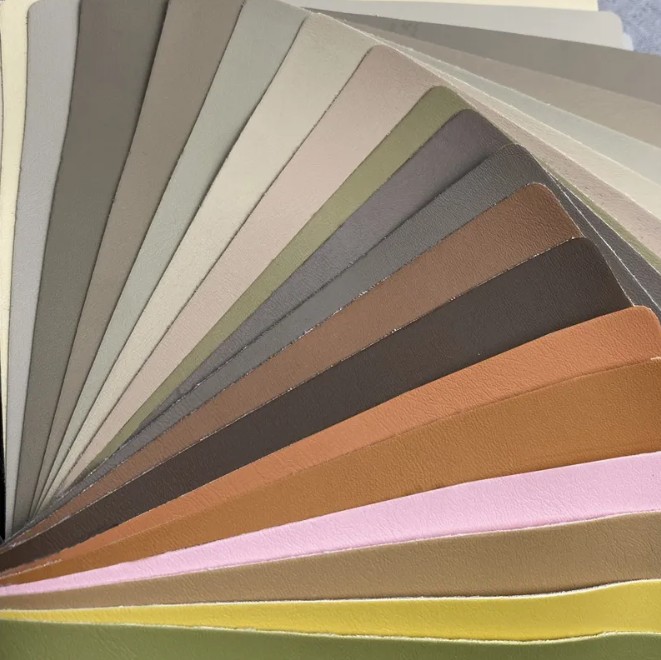
Frequently Asked Questions (FAQs) About Synthetic Leather
1. Is synthetic leather environmentally friendly?
While synthetic leather reduces reliance on animal products, its environmental impact depends on the manufacturing process and materials used. Eco-friendly options made from recycled plastics or bio-based polymers are progressively reducing its carbon footprint. However, traditional PVC-based synthetic leather is less sustainable due to its non-biodegradable nature and potential chemical emissions during production and disposal.
2. How long does synthetic leather last compared to genuine leather?
High-quality synthetic leather can last several years if properly cared for, often comparable in lifespan to lower-grade genuine leather. It is resistant to scratches and stains and maintains its appearance with minimal maintenance. Nevertheless, it may not develop the natural patina characteristic of real leather and can crack or peel over an extended period especially in harsh conditions.
3. Can synthetic leather be recycled?
Recycling synthetic leather is complex but increasingly feasible with innovations in material technology. Some manufacturers are working to develop recyclable options that can be repurposed after the product's lifespan ends. Proper disposal and recycling depend on local facilities and the specific composition of the synthetic leather.
4. Is synthetic leather safe for allergy sufferers?
Generally, synthetic leather is hypoallergenic, especially when free of chemical finishes or dyes that can cause sensitivities. However, some adhesives or coatings used during manufacturing might occasionally trigger allergies in sensitive individuals. Always check product specifications if allergies are a concern.
5. Can synthetic leather be repaired?
Minor scratches and blemishes on synthetic leather can be fixed using repair kits or patching compounds designed for faux leather surfaces. For extensive damage, professional refurbishment may be necessary. Given its synthetic nature, repairs are often easier and more affordable than genuine leather restoration.
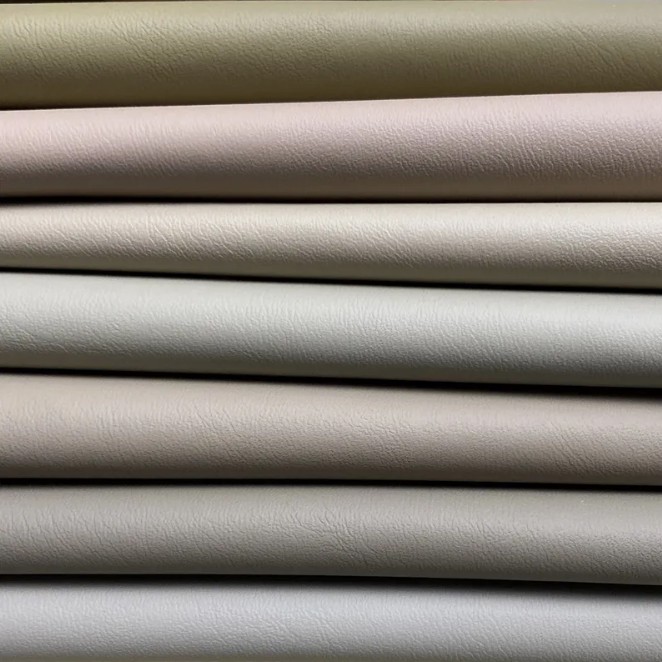
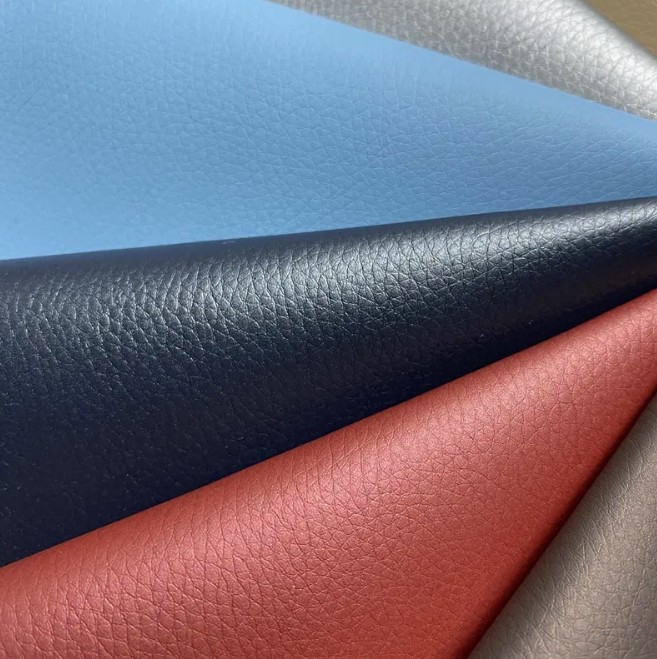
In Summary
Synthetic leather's blend of aesthetic versatility, durability, affordability, and eco-conscious potential positions it as a formidable alternative to traditional leather. Whether in fashion, automotive, furniture, or accessories, its adaptability opens the door for innovative designs and sustainable choices. As technological advancements continue to refine its manufacturing and environmental profile, synthetic leather stands poised to shape the future of material innovation across industries.
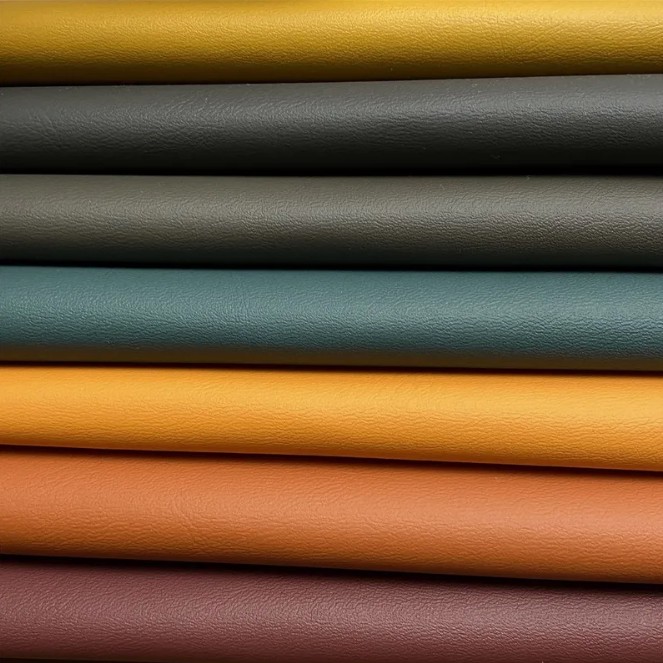
Recommended products

